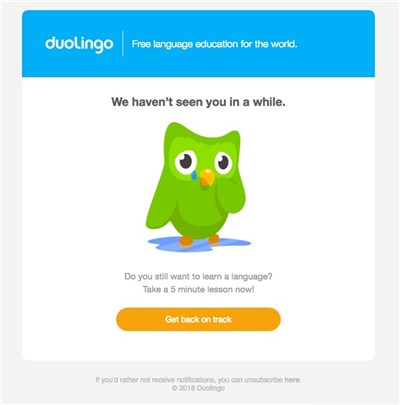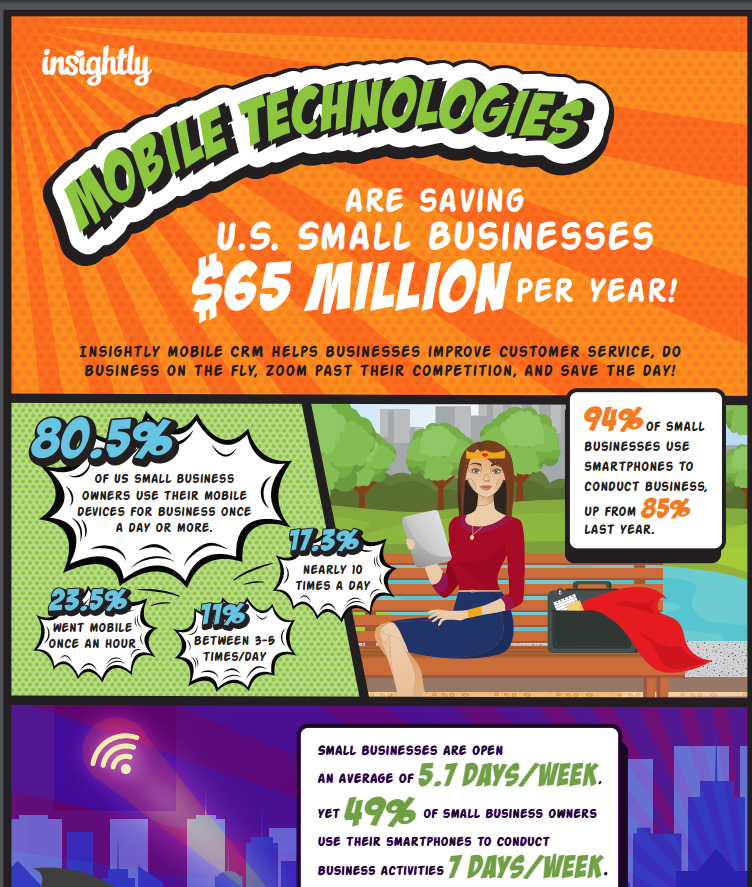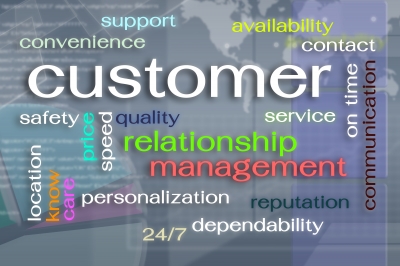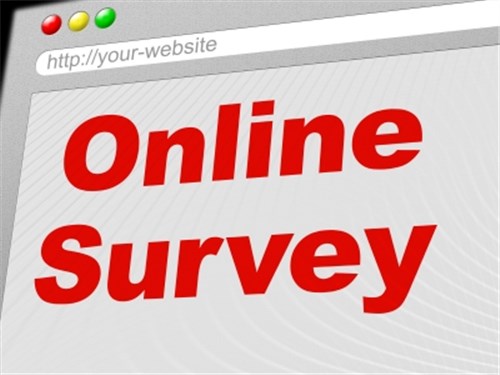
Customer retention is the cheapest way to positively affect your bottom line. Depending on which report you read, and which industry you work in customer acquisition is 5 – 25 times more expensive than customer retention. It goes without saying that you should nurture your high-value customers, after all they are not only likely to buy from you again, they are potentially your biggest brand advocates. But one, overlooked, segment of customers is the inactive customer. Those customers who bought something from you, subscribed to your email list, but you never hear from them again. If you successfully activate their engagement, they are actually worth more to you than newly acquired customers. The average repeat customer will spend twice as much as a new customer, with a report from McKinsey finding that a new customer will spend on average $24.50, compared to $52.50 for repeat customers. Read on for some tips on retaining your high-value customers, and how to re-activate your inactive customers.
Appreciate your high-value customers AKA “You’re awesome” “No, no, you’re awesome!”
Loyalty programs are still a popular way to give high-value customers the VIP treatment, with emails being the prefered way to communicate with loyalty program customers. Research from Zendesk has found that 46% of customers have increased the amount of business they do with a company to collect loyalty rewards. You can easily find your most high-value customers by using MailChimp to create segments according to purchasing activity. For example you can segment based on the total amount a customer has spent:
There are various offers you can send to your high-value customers such as a percentage based discounts, a dollar value discounts, free shipping, or a free gift.
But loyalty programs don’t have to be limited to email campaigns. Starbucks has gamified their customer loyalty program using a customer loyalty app with great success. When customers buy a Starbucks coffee they collect stars on their app, which they can later exchange for rewards, like a free coffee. At first sight this sounds like a fancy version of the old customer loyalty card. However the app also has nifty widgets, like a navigator to find the closest Starbucks and you can pay with Passbooks. Customers appreciate that type of convenience and will repay you with their loyalty.
We Miss you Come Back
One of the best sources for “new” customers, are old customers that are won back. Customer retention expert, Peter Lavers from WCL Customer Management, says “A very effective marketing approach, I’ve seen many times over, is an email sent to the customer that says ‘We miss you will you reconsider?’ It’s incredibly simple and it works because the relationship you have with them is already warm. You don’t have to educate these customers like you do a new one.”
In order to send reactivation emails, you must first segment the customers who haven’t made a purchase, or interacted with you, within the last six months (or whatever timeframe is reasonable for your industry). MailChimp has written a handy article on how you can segment your customers based on purchase history. You can then use an integration such as MailChimp (and sync MailChimp with Insightly using PieSync!), to send out triggered emails to try to re-engage these customers. Not sure what to send them? Check out this top-notch collection of customer retention emails at Really Good Emails. My personal favorite is this one from duolingo:

Who can resist the sad owl and a free 5 minute lesson?
If you prefer something a bit fancier than a text email, you can send a poll Airbnb’s campaign “We Woke Up Like This” was specifically targeted to their less engaged users. They sent emails with Instagram photos posted by the Airbnb community to this segment, to show them compelling content and get them to re-engage by clicking on one of the photos.

You can also run a competition, like this one World Nomads is currently running. This is a terrific example of encouraging subscriber engagement:

They’re asking their subscribers to cook their favorite dish, take a photo and share the photo with the community. The culinary trip to Spain is also an amazing incentive to get active again.
For this segment you can also send discounts, gifts, or free shipping. Keep in mind that research has found that emails with a percentage offer in the subject line, had four times higher revenue per email than other reactivation mailings ($0.21 compared to $0.05).
Remember that customers appreciate the small details. Personalize where you can and make sure your campaigns are timely. There you have it, our top tips for customer retention success, good luck!
At Insightly, we offer a CRM used by small and mid-sized businesses from a huge variety of verticals. Learn about Insightly’s features and plans on our pricing page or sign up for a free trial.
 Vanessa Rombaut is the Digital Communications Marketer at PieSync. @PieSync helps you to sync your customer data bi-directionally between your favorite cloud apps and your CRM.
Vanessa Rombaut is the Digital Communications Marketer at PieSync. @PieSync helps you to sync your customer data bi-directionally between your favorite cloud apps and your CRM.





























